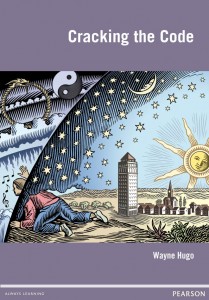 Education is one of the key mechanisms we have in the world to address inequality. When working properly, education enables those born into poverty to have a chance for a better life. We need to understand how such a vital mechanism works; and this book does precisely that by elaborating on 10 basic questions that unpack how education works. ‘Cracking the code to educational analysis’ is available through Pearson, either in hard copy or e-publication.
Education is one of the key mechanisms we have in the world to address inequality. When working properly, education enables those born into poverty to have a chance for a better life. We need to understand how such a vital mechanism works; and this book does precisely that by elaborating on 10 basic questions that unpack how education works. ‘Cracking the code to educational analysis’ is available through Pearson, either in hard copy or e-publication.
There is a 22 video series, freely available on YouTube, that introduces the essentials of the book and provides practical examples. After going through this video course you should have the basics in place to analyse any educational process in the world. Below is a list of all the video’s and their links
The A to V video set on Cracking the code to educational analysis
A: introduction
B: Question 1 – everyday/specialised
D: Question 2: Relationship between specialisations
F: Question 3 – relationships inside a specialisation
H: eight curriculum possibility spaces – summary of questions 1, 2, and 3
I: Question 4 – selection of knowledge
K: Question 5 – Sequencing of knowledge
M: Question 6- Pacing of knowledge
O: Pedagogic possibility spaces – combination of questions 4, 5, and 6
P: Question 7 – Assessment and feedback
R: Question 8 – relationships between teacher and students
T: Question 9 – Levels of education
U: Question 10 – Stages of education
V: Concluding example using all 10 questions: Educational analysis of South African education